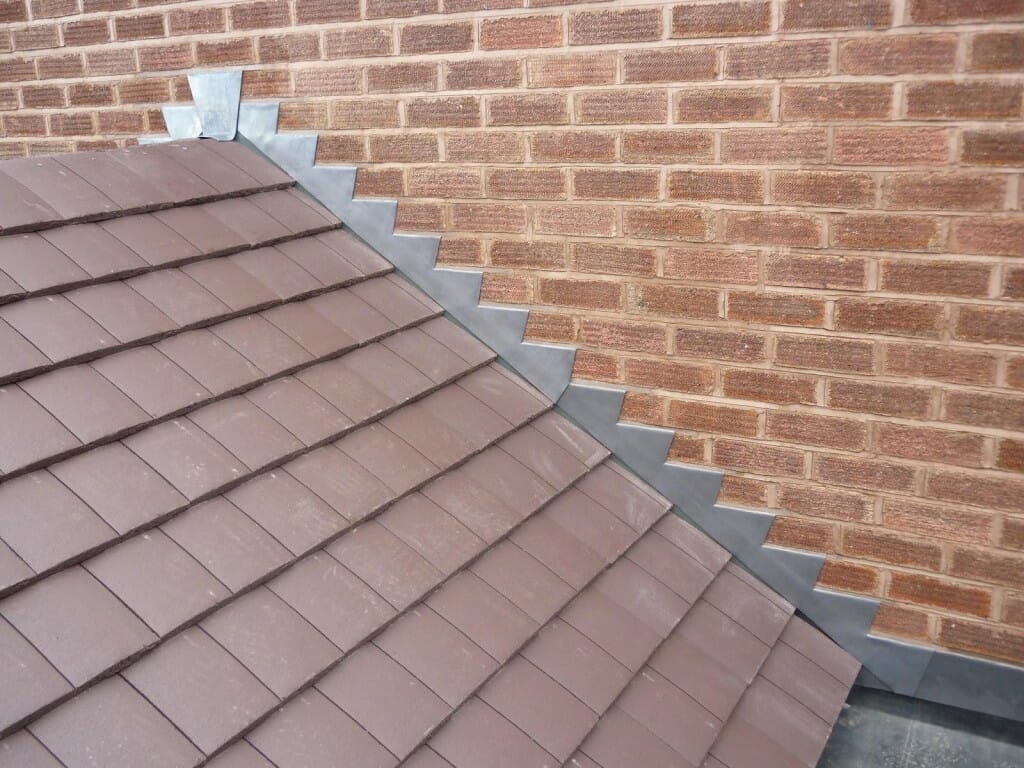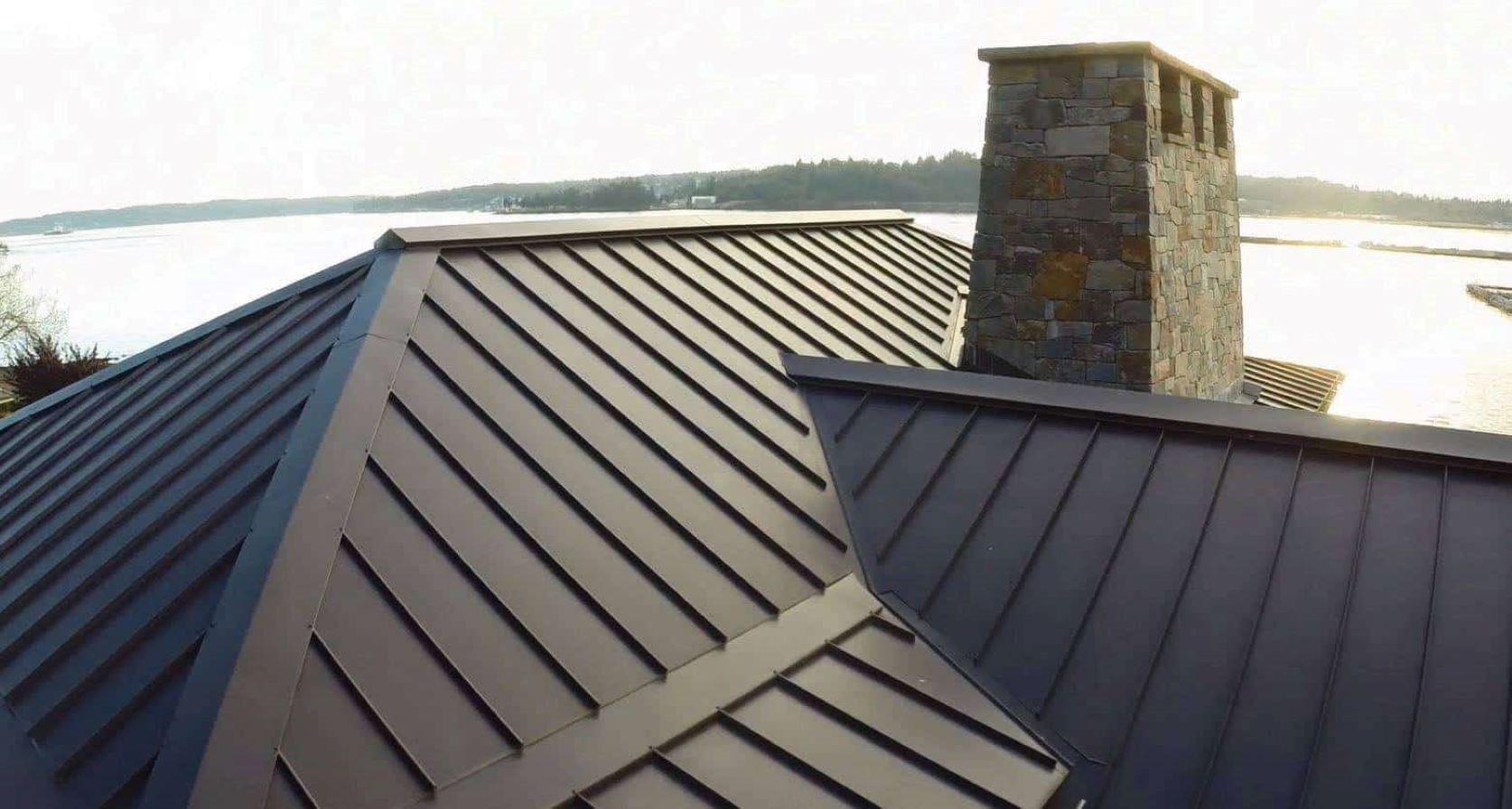
When it comes to relocating a vehicle, whether it’s across the country or to remote regions, finding a dependable auto transport company is critical. go to Alaska Car Shipping stands out as one of the most trusted names in vehicle transportation, particularly for routes to and from Alaska, one of the most logistically challenging regions in North America. The company’s deep experience with complex routes, weather conditions, and shipping coordination ensures vehicles arrive safely and efficiently, even across harsh terrains and long distances. From sedans and SUVs to motorcycles and trucks, their tailored services help customers save time, reduce stress, and avoid unexpected costs.
Moving a vehicle across the continental U.S. comes with its own set of challenges, which is where Missouri Auto Transport shines. Specializing in reliable, coast-to-coast transport solutions, this company provides customized plans for individuals, dealerships, and businesses in need of fast, affordable, and secure vehicle relocation. Their transparent pricing, commitment to communication, and professional handling set them apart from many traditional shipping options. Customers in Missouri benefit from flexible scheduling, vehicle tracking, and exceptional support, whether they’re moving a personal car, an RV, or a fleet of business vehicles.
Both companies exemplify what modern car shipping should look like, trustworthy, technology-driven, and customer-focused. Vehicle transport isn’t just about moving a car from one place to another; it’s about logistics, planning, and compliance with federal and state regulations. The Federal Motor Carrier Safety Administration (FMCSA) oversees safety and licensing requirements for transport companies, ensuring that carriers are fully authorized and insured before handling consumer vehicles. Working with registered companies is one of the best ways to protect your investment. (Learn more about FMCSA standards here).
Understanding the Process of Vehicle Shipping
Whether you’re shipping a family car, a newly purchased vehicle, or even a classic car collection, the auto transport process involves several key steps:
Requesting a Quote – A reputable company will provide a transparent quote that includes pickup and delivery details, distance, type of carrier (open or enclosed), and delivery time frame. Hidden fees should never be part of the equation.
Vehicle Inspection – Before pickup, the transporter inspects your car, notes its condition, and provides documentation. It’s always smart to take your own photos as well.
Loading and Transit – Depending on your selection, your car is loaded onto an open trailer (ideal for most standard vehicles) or an enclosed one (recommended for luxury or classic cars).
Delivery and Final Inspection – Upon arrival, you’ll conduct another inspection to ensure your vehicle arrives in the same condition.
Reliable auto shippers like alaskacarshipping.net and missouriautotransport.com simplify this entire process by offering real-time tracking, insurance coverage, and customer support every step of the way.
If you’re relocating from Alaska, it’s important to understand that routes often involve both road and sea transport. Specialists like Alaska Car Shipping manage complex logistics, coordinating with ports, managing customs paperwork, and ensuring vehicles are safely loaded onto ships. For residents of Missouri and neighboring states, Missouri Auto Transport simplifies interstate travel routes, offering flexible delivery options such as door-to-door and terminal-to-terminal service.
Key Benefits of Professional Auto Transport
Professional auto transport offers numerous advantages compared to self-driving or hiring a general freight company:
Time Savings – Skip the long drive, traffic, and mileage wear on your car.
Safety – Vehicles are secured in specialized carriers designed to prevent damage during transport.
Insurance Coverage – Licensed carriers provide insurance protection for your vehicle in transit.
Convenience – Door-to-door service options reduce hassle for busy customers.
Cost Efficiency – When factoring in fuel, lodging, and time, professional shipping often costs less than a DIY drive.
For example, transporting a vehicle from Anchorage to Seattle requires coordination with maritime routes, customs, and multiple carriers, something alaskacarshipping.net handles seamlessly. Similarly, missouriautotransport.com ensures that routes through the Midwest are efficiently planned and executed, minimizing delays and optimizing costs.
Final Thoughts
Car shipping is no longer a complicated or uncertain process when you choose the right partners. Whether you need to move your vehicle across Missouri or send it to Alaska, aligning with proven professionals makes all the difference. Alaska Car Shipping offers unmatched expertise in long-distance and remote region shipping, while Missouri Auto Transport provides reliable, affordable solutions for customers throughout the continental U.S.
By verifying licensing, understanding the process, and selecting companies with strong reputations, you can ensure your vehicle arrives safely, on time, and without unnecessary stress. With the right transport partner, your next move, no matter the distance, will be as smooth and efficient as possible.






